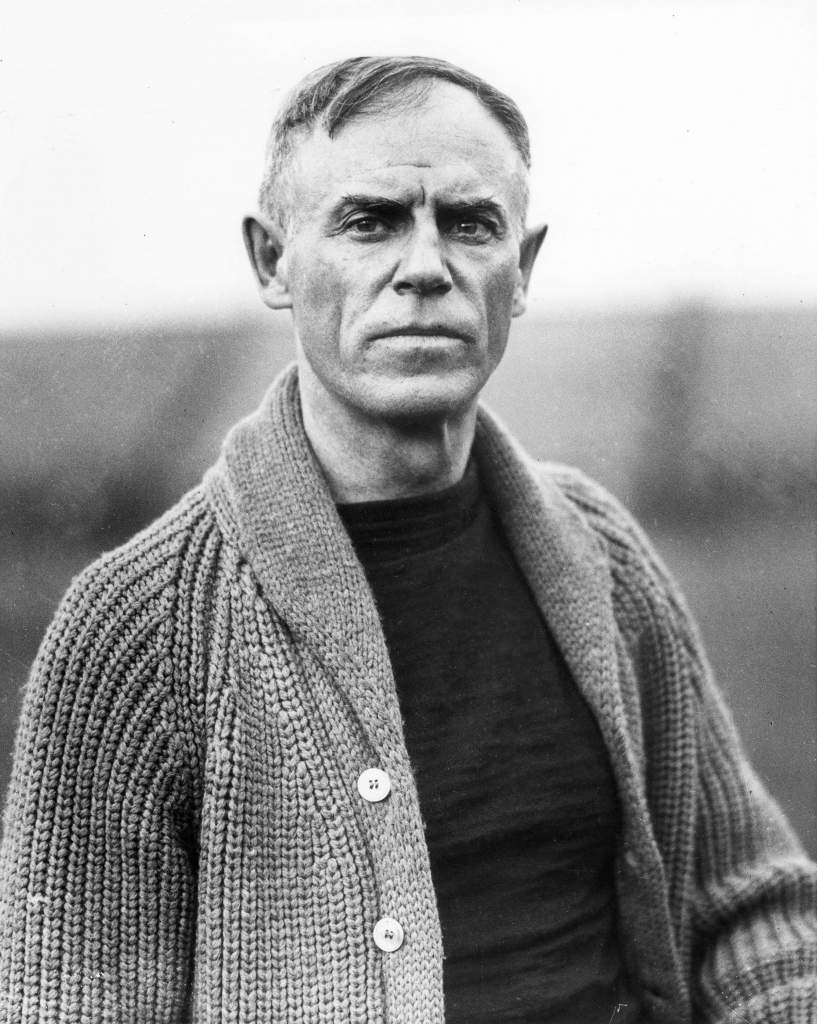John Heisman, whose last name lives on for college football fans in the form of the Heisman Trophy, once ran a football camp in Mt. Gretna.
The year was 1922. Heisman, as a University of Pennsylvania (UPenn) alumnus, had returned to his alma mater two years prior to become the Head Coach of the Quakers.
While Franklin Field, UPenn’s old-fashioned football field in Philadelphia, was made unavailable for training thanks to construction work, Heisman and Graduate Manager of Athletics Edward Bushnell scouted beyond the city limits for another place to train, and settled on Mt. Gretna.
An earlier UPenn team had also trained at Mt. Gretna in 1910, with “excellent results,” but little is known about that year’s activities.

The Mt. Gretna of 1922 was an odd juxtaposition between a resort town on the decline and a military encampment. The National Guard had not yet left the area for Fort Indiantown Gap and the imposing Hotel Conewago stood overlooking the lake, but in general the town’s attractions and activities were less popular than they had been in the previous two decades. Yet the conditions were evidently quite appealing for Heisman and the Quakers.
Read more: Legacy secured as Chautauqua dedicates historic Soldiers Field
Speaking for Heisman, Bushnell said that he thought Mt. Gretna’s “bracing mountain air and living conditions are almost ideal for preliminary training.” In fact, it seems that Heisman wanted the mountain air to be even cooler, as he expressed a desire for “real October weather” to ready the players for the later months of the fall season.

12 early trainees, 11 of them slated to be the “nucleus” of the team, along with Heisman, took an hour-long ride from West Philadelphia Station to the town on September 5. They arrived at noon, and proceeded to set up living quarters at the hotel before immediately heading out for the first exercises of the season. In the following weeks the number of trainees staying at Mt. Gretna rose to over 50.
Training activities actually took place on part of the military encampment’s fields, specifically the National Parade Grounds, according to a 1922 article in the Lebanon Daily News. The wide spaces and well-kept fields were suitable for all sorts of exercises meant to prepare the team for the gridiron, though the rockiness of the terrain sometimes hampered practice.
Thanks to the diversity of terrain offered by Mt. Gretna, the exercises varied in form and substance. The proximity to the lake was a boon for convenient aquatic exercises, and the men hiked into the mountains for endurance, including to the top of Governor Dick. Traditional football practice, including signal drills, double timing runs, and more were supervised by Heisman, “megaphone in hand.”

Though Heisman was only five years away from retiring, he still applied his nose-to-the-grindstone training style to the team, wishing to make them one of the best in years. Partway through the training period, Heisman split the team up into sections A and B, alternatively referred to as the Reds and Blues in recognition of UPenn’s school colors. The “deadly earnest” with which the men trained yielded promising results, and Heisman was pleased with the rigor of his players.
“Frankly, I am tickled to death with their first drill here,” said Heisman following their arrival. That enthusiasm increased throughout the weeks at Gretna, with Heisman later commenting that “many of them are already displaying mid-season form in their linework.”
Team captain Jonathan “Poss” Miller, a Lebanon High School graduate, opined that the team was poised for great things in a story for the Daily News written midway through the training. Miller also mentioned that the team thought very highly of the town, in spite of the “terrible roads” that led to the practice field. The editor noted that “all of Lebanon is rooting for ‘Poss’ and his team.”

After around three weeks of strenuous training, the team departed the town on September 28. Two days later, the Quakers played Franklin & Marshall and won 14-0 as the opening game of the season. The fall season of 1922 was meant to be a return to form for the Quakers following a several-year rut; they ended with six wins and three losses, only a small improvement over the previous year’s record.
Heisman would retire from coaching in 1927, and the Heisman Memorial Trophy would first be awarded in 1935, to the first of a distinguished list of players that “[pursue] excellence with integrity.” The team’s training at Mt. Gretna can, by all accounts, be said to have exemplified the perseverance, diligence, and hard work that Heisman’s legacy celebrates.
Do you enjoy Lebanon County history?
So do we. Our stories are free to read thanks to the support of our members and advertisers. Help us tell more stories of Lebanon County’s past by joining LebTown as a member.
Join LebTown as an annual member and you’ll reserve a limited-edition LebTown coffee mug of your own, plus all the usual benefits!
Learn more and join now here.


































